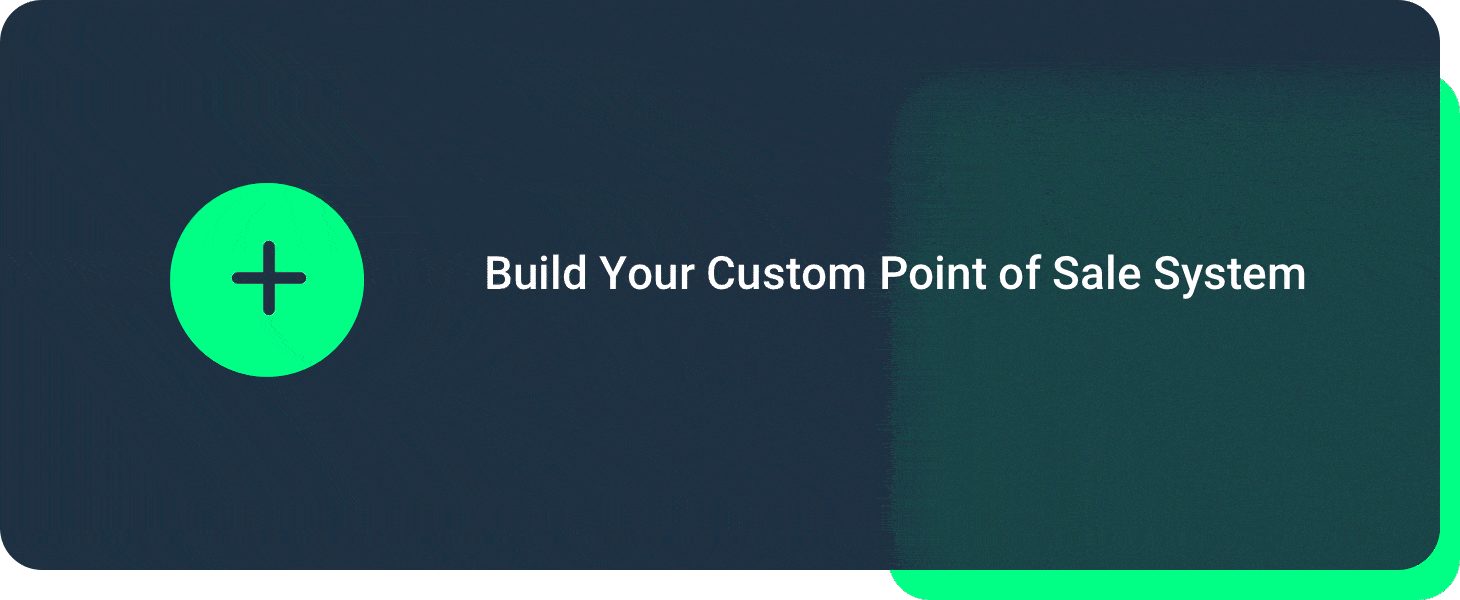When you think of point of sale (POS) hardware, perhaps the first tool you think of is a barcode scanner.
This tool is a critical part of the customer journey, allowing your cashiers to provide a convenient, accurate checkout experience for your shoppers.
But how does a barcode scanner work?
In this blog, we’ll share everything you need to know about how a barcode scanner works — and how to make the most of this tool for your small business.
How Does a Barcode Scanner Work?
The “beep” of your barcode scanner is the culmination of a lightning-fast but complex process. Let’s take a closer look at how a barcode scanner works.
Once you’ve presented an item’s barcode to your scanner, it first emits a red light onto the barcode using a laser or an LED. This light illuminates the barcode, identifies the contrast between the white space and the black bars, and ensures that the light is reflected back into your scanner in the right pattern.
Your scanner’s technology will then decode the reflected light’s pattern, digitize it, and format it into a series of numbers. For example, a standard UPC barcode will be translated into a 12-digit number representing a specific product.
That number will then be transmitted from the scanner to your point of sale (POS) system through a wired or wireless connection. Your POS system will identify the product and perform the next steps, including adding the price to your customer’s total and subtracting the product from your inventory count.
And there you have it! That’s how a barcode scanner works.
Types of Barcode Scanners
Now that we’ve covered the basics of how barcode scanners work, let’s go into more detail about the different types of barcodes and scanners you might consider using in your store.
First, let’s talk about the two main types of barcodes. One-dimensional (1D) barcodes are the most common barcode type found on most consumer goods. Examples of 1D barcodes include UPC and EAN barcodes. To read 1D barcodes, you need a 1D linear scanner, a simple tool that scans basic barcode labels quickly and easily.
The other type of barcode scanner is a two-dimensional (2D) scanner. Along with reading 1D barcodes, these scanners can also read QR codes and scan barcodes from customers’ smartphones. A 2D scanner may be a good choice for your store if you offer digital coupons or use complex barcodes.
Once you’ve decided whether a 1D or 2D barcode scanner is right for your business, you have a few choices to make. Here are the most common types of barcode scanners typically found in a retail store:
- Handheld barcode scanners, or scanner guns, are the most common type of barcode scanner. At checkout, your cashier will point the scanner at the barcode and pull the trigger to activate it. Handheld scanners are a great choice if you sell items that are heavy or bulky, and they also make it easy to do inventory checks from the sales floor.
- In-counter scanners are another common type of barcode scanner. These scanners are built into the checkout counter and can quickly scan items as they're slid over the scanner. In-counter scanners are the right option for high-volume retail environments like grocery stores, allowing your cashiers to scan several items quickly.
- Age verification scanners are a specialized type of barcode scanner frequently used in liquor stores and smoke shops. These scanners allow you to scan customers’ IDs to ensure that they are of legal age.
Using the right type of barcode scanner is crucial for keeping your store running smoothly.
5 Key Ways To Use Your Barcode Scanner
Now that we’ve answered how a barcode scanner works, let’s explore some critical ways to use this technology to streamline your operations and boost your profits.
1. Streamlined Checkout Process
One of the biggest benefits of using the right barcode scanner setup is that it makes the checkout process easier for your customers and your cashiers.
Instead of manually having to enter each product’s information and price, your cashier only has to scan the items, and your scanner will automatically communicate with your POS system.
This process saves your cashier’s time, prevents pricing and inventory errors, and keeps your checkout lines moving.
2. Custom Barcode Labels
Another reason to use a barcode scanner is that you can create custom labels for your most unique items.
For example, if you own a grocery store with a meat department, your butchers will be able to prepare and package fresh cuts of steak and generate a custom barcode label for them.
These labels allow your customers to browse each package and see key information like the cut, weight, and price. At checkout, your cashiers will be able to scan the barcode rather than manually entering the weight and calculating the price.
To take advantage of this feature, make sure your POS system can generate custom labels in the right size and configuration.
3. Streamlined Inventory Management
Inventory management is one of the most challenging aspects of owning a small business, but fortunately, barcode scanners can make this task more convenient.
Instead of counting each item on your shelves by hand during your inventory checks, you can use your barcode scanner to scan each item, allowing it to count and record your stock.
Relying on your barcode scanner for inventory checks is a major time-saver — and it reduces the likelihood of human error.
4. Age Verification
If your store sells age-restricted items, relying on a barcode scanner for age verification is essential.
Using the right scanner to verify your customers’ IDs can keep your checkout lines short and ensure that your store is compliant with all laws regarding the sale of alcohol and tobacco.
5. Data Analytics
Another key way that a barcode scanner can help your store is by giving you valuable insights into your customers’ shopping habits.
When your cashiers use a barcode scanner at checkout, it keeps a spot-on record of each item sold, allowing you to analyze your sales reports and identify which of your items are selling the most and the least.
You can use this information to optimize your operations and boost your sales, offering strategic promotions and adjusting your store’s layout to highlight underperforming items.
To make the most of your barcode scanner, make sure to select a POS solution that offers advanced reporting and analytics features.
Here’s How a Barcode Scanner Works With Your POS System
Now you know how a barcode scanner works! But a barcode scanner isn’t all it takes to keep your store well-stocked, your checkout lines short, and your customers happy.
Along with your barcode scanner, you need a powerful POS system. Your POS system works hand in hand with your barcode scanner, making the checkout, inventory management, and sales reporting processes effortless.
If you’re looking for a top-notch POS system to transform your retail store, then check out POS Nation, an all-in-one solution that includes everything you need to grow your small business.
See POS Nation in action by scheduling your personalized demo today.







 by Cort Ouzts
by Cort Ouzts

 by Spence Hoffman
by Spence Hoffman

